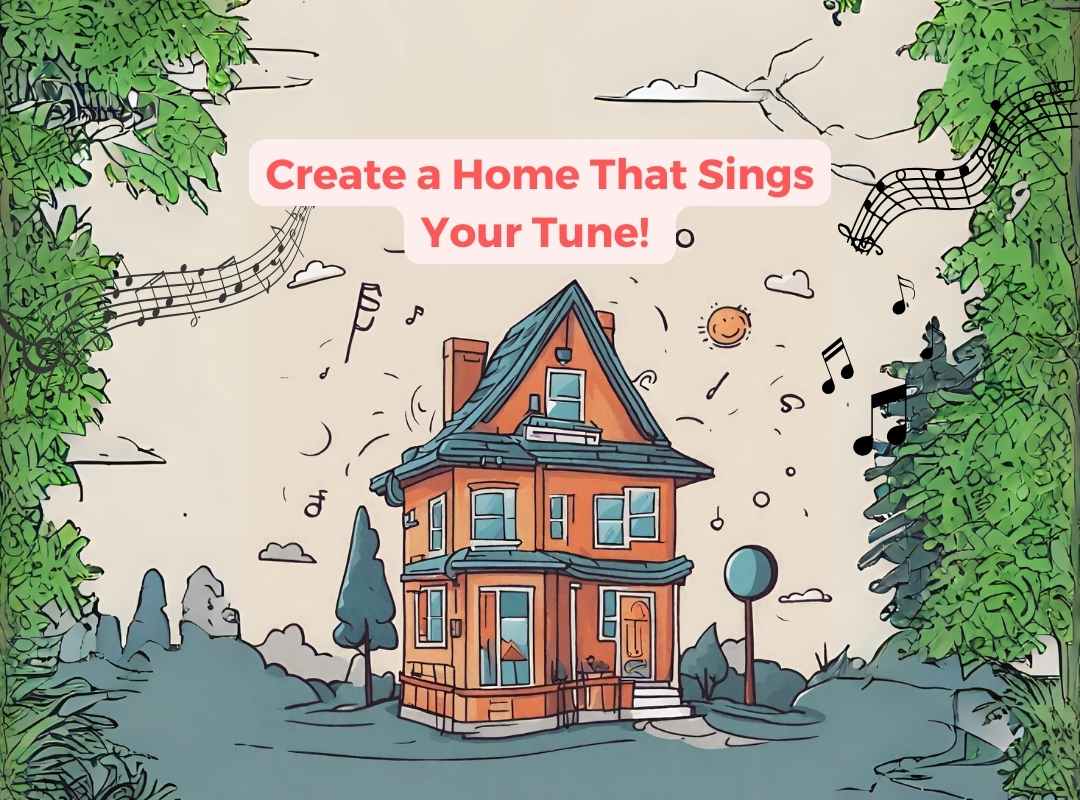The places and spaces that we inhabit on a day-to-day basis elicit powerful emotional responses that influence our health and well-being.
The influence of your home’s physical environment on your perceptions, cognitive capabilities, emotions, and physiological outcomes (mental and physical) well-being) is profound.
There is a growing body of research from many different countries that confirms these statements.
In particular, this research paper ‘Interior Design From An Integrative Health Systems‘ argues the relationship between the occupants of the home and the choice of interior style, colours, layout, placement of furniture, lighting etc are intimately bound together.
If this relationship is ignored, then it severely restricts the potential of interior design to make an enduring positive impact on the emotional health and well-being of the occupants.
In other words, if you are a homemaker, or, (use) an interior designer / decorator), and the deep-rooted design personality within the occupants is constantly referred to before starting:
- a home improvement project
- a room refresh (e.g. lounge/living/kitchen/bedroom)
- moving into a home
- designing and building a new home
- starting a long-term tenancy
then the occupants will experience positive powerful emotional responses when they spend time in that madeover space/home.
Positive Powerful Emotional Responses like;
- Feel a sense of peace, calm, and relaxation when you enter the room.
- Find yourself more creative and productive in the space.
- Feel more connected to your loved ones and the world around you.
- Experience a sense of joy, happiness, and well-being.
- Feel more energised and motivated.
- Notice a decrease in stress, anxiety, and depression.
- Simply enjoy spending time in the space.
Here are some specific words or phrases that you could use to describe the positive emotional responses that you experience in a newly designed home interior that uniquely matches your design personality:
- Contentment
- Delight
- Euphoria
- Excitement
- Joy
- Peace
- Relaxed
- Serenity
- Satisfaction
- Wonder
These are just a few examples, and the specific emotional responses you experience may vary depending on your individual preferences and needs.
The overall goal of excellent interior design is to create a space that makes you feel good, both physically and emotionally. (Not just “look good” or follow a trend, or a mirror of the personal bias of the designer (DIYer or professional) – regardless of your unique design personality).
Why is living in a home environment that matches you and your design personality so important?
Because you and I spend on average 70% of each day in our home. You can read more about this here.
Would you like to join the elite group of 24.6% of homemakers who use a combination of those words and phrases to describe how you feel when you enter your newly refreshed room? If so, find out how you can learn your unique design personality before starting any size home improvement project. The investment in you is critical.
The alternatives are not great.
By using the current industry standard and practices you potentially will experience all of the following:
- 12.4% to 29.6% of your home improvement budget is wasted on humiliating rework.
- 42.3% of homemakers who engage with an interior designer, architectural service, or DIY, will say, “something is seriously missing here” at the end of the renovation process.
- 75.4% of homemakers are disappointed and unhappy with the finished result.
Choose to join the elite 24.6% here.
References:
- Interior Design From An Integrative Health Systems
- Is it really that important for you to know your design personality before starting a home improvement project?
- You spend ~70% of your time in your home every day.






